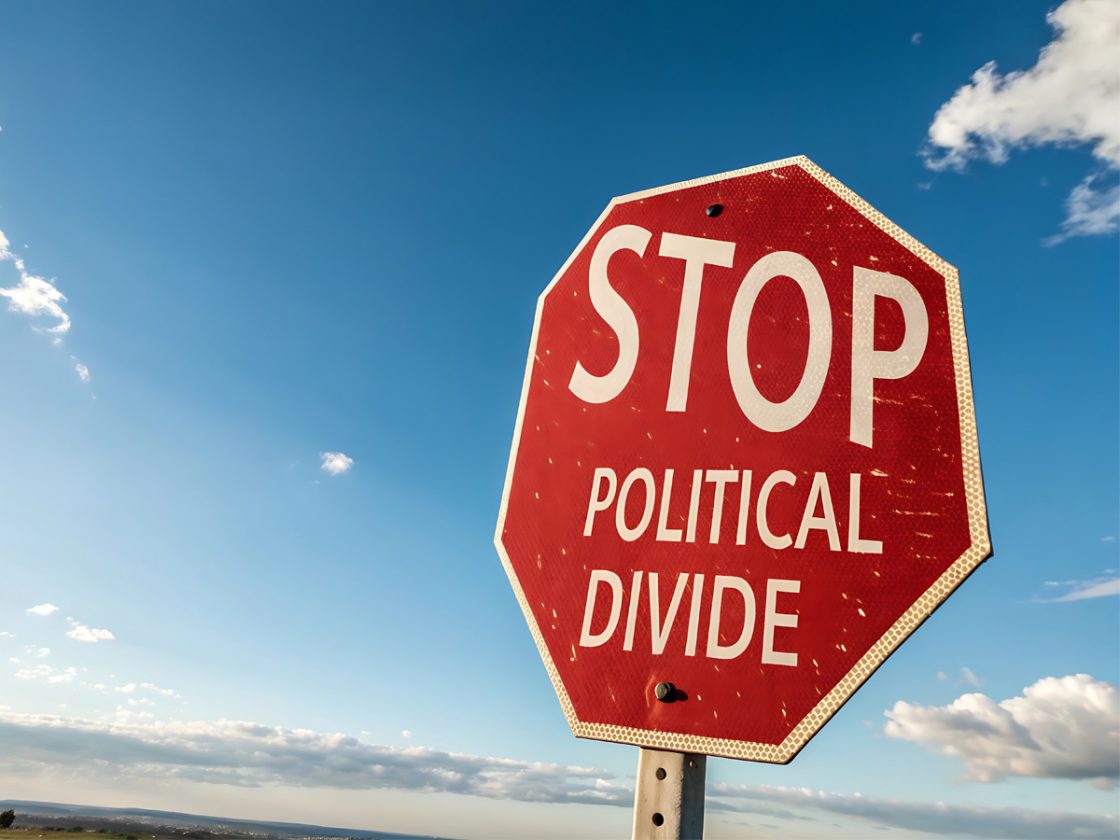The Political Divisions Fueling the Government Shutdown
As the government shutdown drags on, the division between political parties becomes even more apparent.
Syracuse University experts are available to discuss the shutdown and the rifts between the two-party system in America.
Johanna Dunaway is research director at Syracuse University’s Institute for Democracy, Journalism and Citizenship and a political science professor. Her research looks at what government dysfunction reveals about our country’s political health.
- “The shutdown is a symptom of the fact that we’ve already experienced the shift from political disagreement and polarization to more serious issues like mutual delegitimization. We are, and have been for quite some time, at the point where the two opposing entities are systematically and intentionally undermining each other’s legitimacy,” said Dunaway.
- “When the electorate is so highly affectively polarized—so angry at the political elites on the other side—it makes it harder for them to view compromise between their party and the other party as a good thing,” said Dunaway.
- “When polarization is more about emotions and feelings than policy positions, people are more willing to accept (and may even prefer) suboptimal policy outcomes to bi-partisan cooperation. That may not continue to be true as the negative outcomes from the shutdown start to affect more people’s lives. The question is whether members of Congress will recognize that shift when and if it comes or continue to grandstand thinking that’s what their constituents prefer,” said Dunaway.
Syracuse University professor Ryan Griffiths is the author of the newly-published book “The Disunited States,” which examines the growing intensity of regionally inflected political polarization in the United States. This comment is an excerpt from a recent Q&A about ongoing calls for secession and a national divorce in America.
- “Reducing polarization and finding common ground is a major problem. What I offer in the book is not a solution to this problem, but rather a series of informed arguments as to why secession is not the solution some wish it to be. I wanted to disabuse the reader of the view that secession will solve America’s problems. That said, I do end the book on a hopeful note by saying that Americans have more in common than we often think, that the country is a positive light in the world, and that it would be a great shame to let that go,” said Griffiths.
Please contact media relations executive director Ellen James Mbuqe at ejmbuqe@syr.edu to arrange an interview with either professor.



